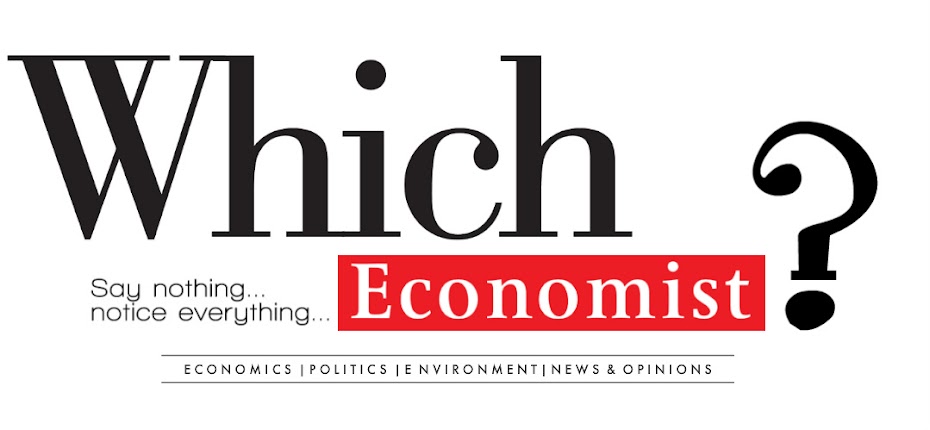 |
| image source: blogs.ft.com |
Rising food prices intensify food insecurity in developing countries (US Department of Agriculture Economic Research Service, 2008). Trostle (2008) noted that for a high-income country, a 50 percent increase on staple food prices causes retail food expenditure to rise to 6 percent and results to less than one percentage income spent on food. For consumers in a typical low-income, food- deficit country, however, a 50 percent increase on staple food prices leads to 21 percent increase in total food expenditures. Furthermore, this increase means that the percentage income spent on food in a developing country climbs from 50 to more than 60 percent.
Indeed, the rapid increase of food commodity prices negatively affects the lower-income consumers of developing country. USDA (2008) argued that: (1) lower-income consumers spend a larger share of income on food; (2) staple food commodities such as corn, wheat, rice and soybeans account for a larger share of food expenditure in low-income families; (3) consumers in low-income, food-deficit countries are vulnerable because they must rely on imported supplies, usually purchased at higher world prices.
The Asian Development Bank agreed that the effects of rising food prices differ across households. Ascending food prices may lead to income gains for net producers. However, many urban and rural poor who are not necessarily producers will suffer the most from food price increase. Son (2008) reported a 16.8% rise in the severity of poverty and 1.0% declines on Filipino’s standard of living between 2003-2006 due to increase on food prices. He estimated the price elasticity of poverty by commodity and suggested that a 10% increase in food prices will drive 1.7 million people into poverty. Separating the impact of specific commodity price increase, a 10% increase on rice and fuel will force an additional 660,000 and 160,000 poor Filipino people. In his study, he emphasized that the effect of increasing food prices was particularly greater to the poorest of the poor.
Given the explicit adverse effect of rising food prices, the effectiveness of policy adjustments may depend, however, on the complete understanding of expenditure patterns across income groups and different geographic regions. For example, the expenditure of Metro Manila populace may vary significantly from the residents’ outside the metropolitan. Consequently, the increasing income inequalities among Philippine households (ADB, 2003) aggravate the differences between high and low income households in terms of food demand.
